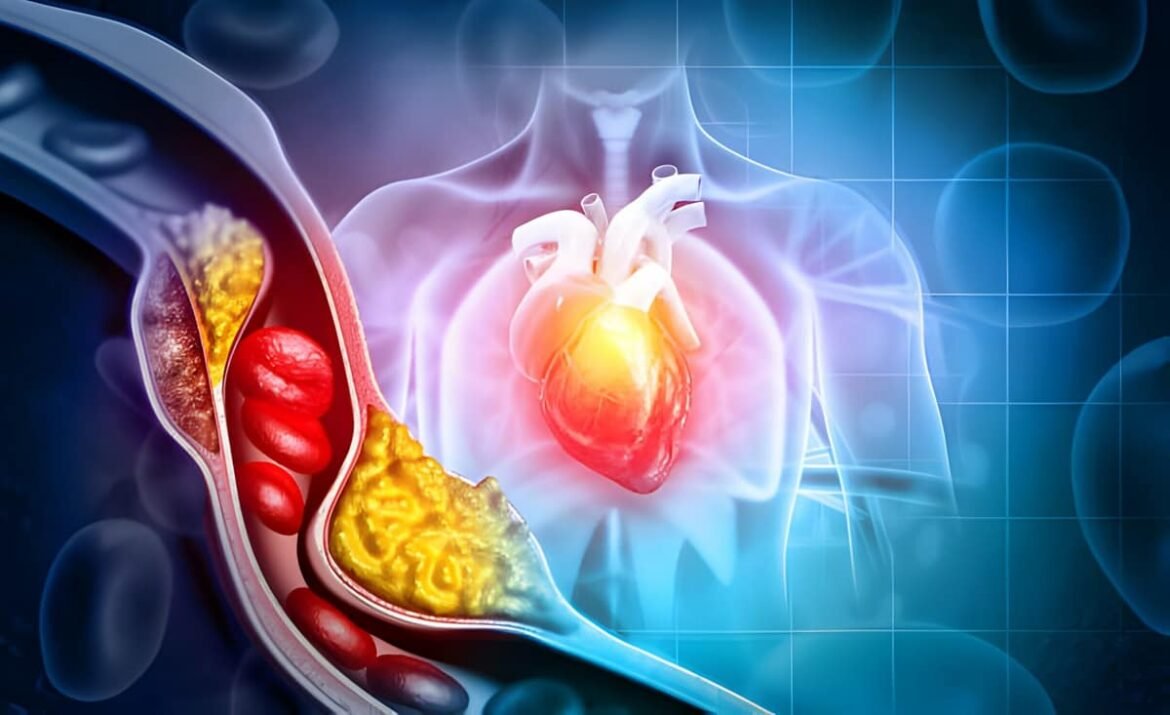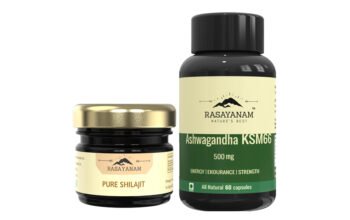Blood Clots
Blood clots are gel-like masses of blood that form in your nerves or arteries when blood converts from fluid to partially solid. How to get rid of blood clots?, When you injure yourself, clotting can prevent your body from bleeding too much. That is a body role that can help in certain situations. But blood clots that form in some areas can be severe.
A blood clot may stay in one place (thrombosis) or pass by the body (embolism). The signs of a blood clot and the advised medication depending on where a clot formation in your body and how much harm it could cause. Knowing the many common blood clot symptoms and risk factors can benefit you spot or even stop this possibly life-threatening situation.
Blood clots are a dangerous medical situation. It is essential to know the symptoms and gets healed right away. This blog explains methods to stop and treat blood clots; symptoms; and medication side effects as well as when to go to the emergency room.
How to get rid of blood clots?
When doctors identify a blood clot, especially a DVT, their intention in treatment is to prevent the blood clot from becoming bigger or breaking loose. Treatment can decrease your possibilities of producing more blood clots in the future. Eliquis 5 mg or revolade is used to prevent serious blood clots from forming due to a certain irregular heartbeat or after hip/knee replacement surgery. Revolade 25 mg is indicated in adult patients with chronic hepatitis C virus (HCV) infection for the treatment of thrombocytopenia, where the degree of thrombocytopenia is the main factor preventing the initiation or limiting the ability to maintain optimal interferon-based therapy
How to get rid of blood clots? depends on where the blood clot is and how likely it is to hurt you. Your doctor might prescribe:
Medication: Anticoagulants, also called blood thinners, help prevent blood clots from forming. For life-threatening blood clots, medications called thrombolytic can destroy clots that are already formed. Trapic 500 mg is used to treat heavy bleeding during your menstrual period. Tranexamic acid works by slowing the breakdown of blood clots, which helps to prevent prolonged bleeding. It belongs to a class of drugs known as antifibrinolytics.
Compression stockings: These tight-fitting stockings give pressure to help decrease leg swelling or prevent blood clots from forming.
Surgery: In a catheter-directed thrombolysis method, experts direct a catheter to the blood clot. The catheter transfers medication directly to the clot, helping it terminate. In thrombectomy surgery, doctors use specialized machines to remove a blood clot carefully. Renvela 800 mg is used to lower high blood phosphorus (phosphate) levels in patients who are on dialysis due to severe kidney disease. Dialysis removes some phosphate from your blood, but it is difficult to remove enough to keep your phosphate levels balanced.
Stents: Doctors may determine if a stent is essential to keep a blood vessel open.
Vena cava filters: In some cases, a person might be incapable of taking blood thinners, and a filter is put into the lower vena cava (the body’s largest vein) to catch blood clots before they can move to the lungs.
When should I call the doctor about a blood clot?
A blood clot can create severe consequences. You should attain out to your doctor if you believe you have a blood clot. Call your doctor right away if you have unexpected swelling in an arm or leg, have chest pain, difficulty breathing or encounter problems seeing or speaking that comes out of nowhere. Deplatt 150 mg is also the best Blood clot treatment at Meds4go.
Who is most at risk for blood clots?
Many circumstances provide forming a blood clot. Some specific risk factors set several people at higher risk for developing a blood clot.
Other factors can raise your risk to a lesser degree. You might be more at risk if you:
- Take birth control pills or hormone supplements.
- Are overweight or obese.
- Smoke cigarettes.
- Have had recent surgery or prolonged immobilization.
- Have cancer, or have been treated for cancer.
- Are pregnant.
- Have a family history of blood clots.
- Live a sedentary (or inactive) lifestyle.
What are the most common symptoms of a blood clot?
- Abdomen: Blood clots in the stomach area can induce pain or nausea.
- Arms or legs: A blood clot in the leg or arm may seem painful or tender to the feel. Swelling, redness, and warmness are additional general symbols of blood clots.
- Brain: Blood clots in the brain can make a variety of signs, depending on which portion of the brain they attack. These clots may cause difficulties in chatting or viewing. Seldom, they cause seizures or Epilepsy.
- Heart or lungs: A blood clot in the heart will make signs of a heart attack such as mashing chest pain, sweating, pain traveling down the left arm, and shortness of breathing. A blood clot in the lungs can produce chest pain, trouble breathing, and seldom can lead to coughing up blood.




